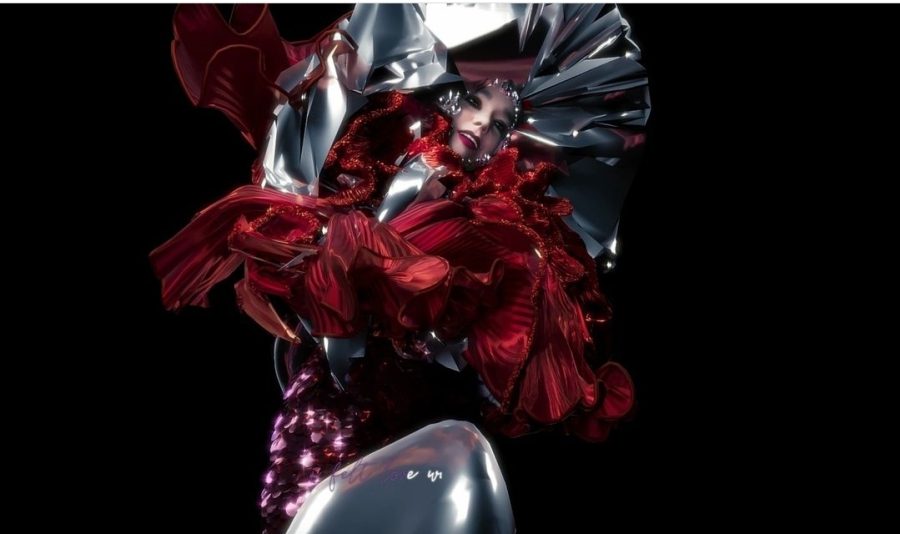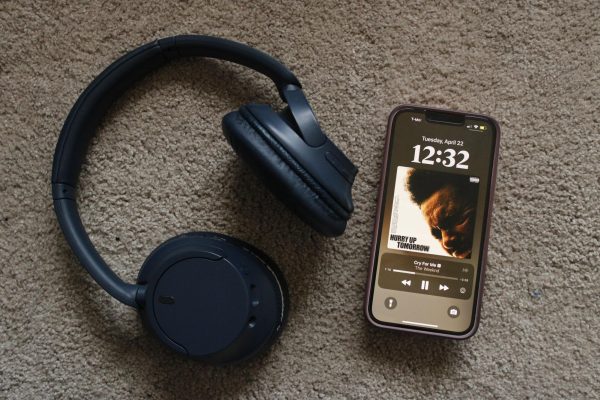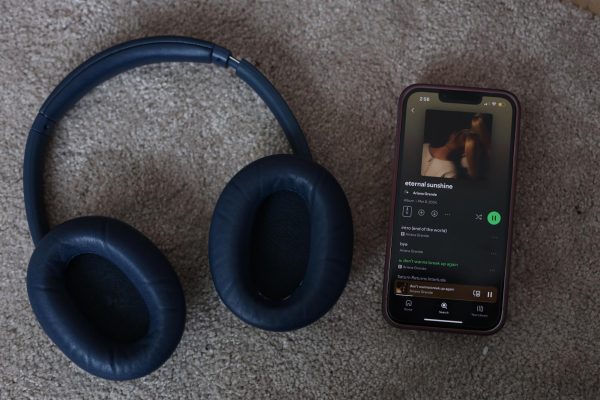Björk’s Single “Atopos” Definitely Has A Place In the Hearts of Listeners
Björk’s new single is her most experimental work yet, and fans don’t know what to expect from her upcoming album. (Courtesy of Instagram)
Icelandic singer, Björk, returns with her first single since the release of her album “Utopia.” She describes the single “Atopos,” meaning “unusual” or “out of place,” as a passport to the rest of her upcoming album, “Fossora,”which is set to come out Sept. 30. The inspiration for the album title comes from the Latin word fossore meaning, “to dig.” Björk’s connection to nature for this album and this song specifically is clear by the cover art which depicts her as a “glowing forest sprite” covered in what appears to be moss, surrounded by mushrooms and darkness.
The music video that accompanies this song shows Björk standing in the middle of a mushroom-infested forest, with a light shining down on her. It abruptly switches over to a group of bassoon players all sporting brightly colored clothes, hair and makeup. Green lights flash while the bass clarinets, bassoons and percussion instruments sound. Toward the halfway point of the music video, Björk changes outfits and is shown in the bright green, forest sprite outfit from the single’s cover art.
Upon first listen I almost turned it off and considered writing an entirely different article due to the disjointed opening sounds. The instruments don’t seem to fit together or be playing a clear melody. When observed alongside the lyrics, however, a clearer picture is painted, and the “all over the place” feel of the accompanying instruments can be better understood and appreciated.
The lyrics to “Atopos” are those of hope for the future after COVID-19. Björk, herself, says that the song was written and composed for those who sought to create club-like atmospheres in the isolation of their homes. The song is all about connection and how to achieve it. In the second verse she says that “Pursuing the light too hard is a form of hiding,” meaning that putting up a front of perfection is a means of avoiding true connection with others since you become unwilling to meet others in the middle. She also describes hope as a muscle “That allows us to connect,” meaning that our hope must be exercised and developed in order for us to be healthier individuals who are in tune with ourselves and those around us. This line is accompanied by a beat that mimics the sound of a heart beating to enforce the idea of hope essentially being the heartbeat of human existence.
Although Björk intended to bring people together with her song, many listeners can’t get past her unconventional appearance in the video and way of conveying messages. Those who have been a fan since her debut in 1993 praise her for her consistent originality and out of the box way of conveying ideas. Many commenters below the music video also took note of the reggaeton beat present throughout the song and express their delight at the inclusion of Caribbean and Latin American sounds. Others however, describe the video as “visually stunning” but “boring and repetitive” and criticize her for refusing “to follow any sense of rhythm.”
I urge those who criticized the song and Björk as an artist to consider listening to the song again. I understand where they’re coming from in that we are more drawn to catchy melodies and notes that sound pleasing together. I do, however, think that this song was designed to be somewhat abrasive, because it prompts you to focus on the lyrics. The harshness of the sound allows you as the listener to realize the severity of a world devoid of hope and connection. Björk, with this song, urges us to form close bonds and not be blinded by our own issues and ideas of perfection. I think we can all learn a thing or two from her unique, electronic and avant-garde music.











































































































































































































